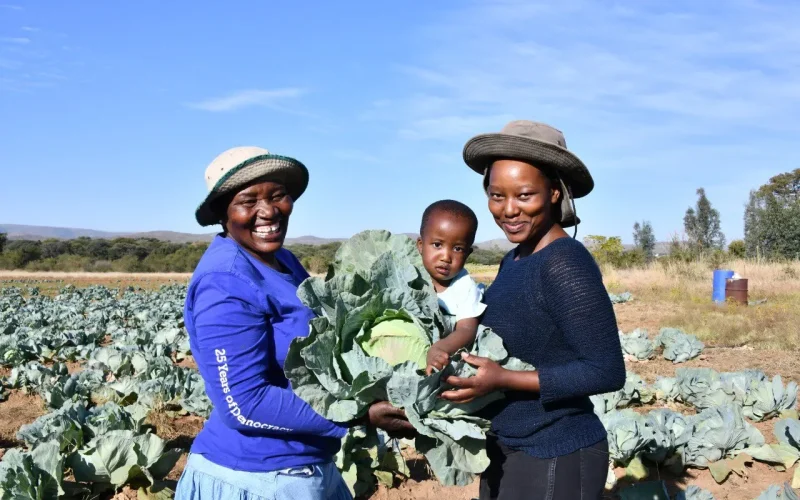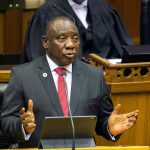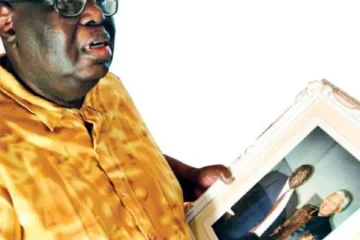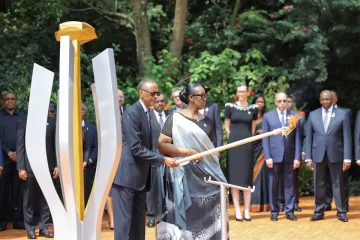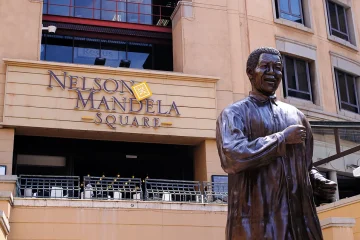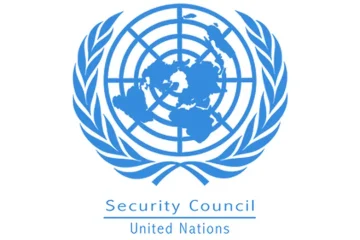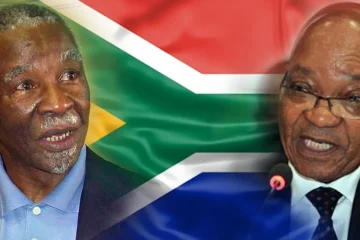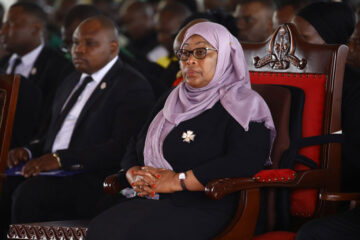NEARLY three decades into democracy, land reform remains central to South Africa’s transformation policies and agricultural policy.
We have over the years pointed out that the progress on land reform has been incorrectly reported. It’s been consistently understated.
We have argued that, if the statistics are treated carefully, the progress has been much better than politicians and activists often claim.
We were encouraged earlier this year when South African president Cyril Ramaphosa acknowledged in his State of the Nation address that there had been better progress in land reform. The commonly cited argument is that land reform has been a failure and that only 8%-10% of farmland has been returned to black South Africans since apartheid ended in 1994.
Ramaphosa stated that:
Through redistribution, around 25% of farmland in our country is now owned by black South Africans, bringing us closer to achieving our target of 30% by 2030.
This figure is based on an update of our work at the Bureau of Economics Research and the Department of Agricultural Economics at Stellenbosch University.
Below we provide a detailed explanation of how we arrived at this figure. We also highlight policies the government can use to fast track the land reform programme to ensure that black farmers become central to a growing, and inclusive agricultural sector.
Land reform data
In reviewing the progress with land reform we should be mindful that the land reform programme consist of three elements (refer to Section 25 of the constitution: redistribution, restitution and tenure reform.
Substantive progress has only been made in the land redistribution space and through the process of land restitution managed by the Land Claims Commission.
The progress of land reform can only be tracked where we have surveyed land, and land with title deeds registered. Even then it is tricky as the title deeds do not record the “race” of the registered owner.
To understand the progress with land reform it is important to start from the correct base. How much farm land is in question here?
In 1994, total farm land with title deeds (thus outside what the apartheid government set aside for black people) covered 77.58 million hectares of the total surface area of South Africa of 122 million hectares. It is assumed, merely by the fact that black ownership of farm land in South Africa was not possible before 1991, that all 77.58 million hectares were owned by white farmers when land reform was initiated in 1994.
Let us now unpack the progress with land reform based on the various data sources.
Land restitution
The land restitution process involves the restoration of land rights to black communities who lost their (registered and legally owned) farm land as a result of various forms of dispossession introduced by the apartheid-era governments after 1913.
Through the process of land claims, the Land Claims Commission has transferred 4 million hectares back to communities who previously were dispossessed (Source: various annual reports of the Land Claims Commission).
What’s missing from this calculation is the fact that communities have also been able to elect to receive financial compensation instead of obtaining the formal rights to the land.
Over the years a total of R22 billion (about US$1.1 billion) was paid out in financial compensation (Source: various annual reports of the Land Claims Commission). The commission never reported the number of hectares for which financial compensation was paid out for. It took some work by us to get the number of hectares of farmland involved in financial compensation from the commission, and it has now been confirmed that a total of 2.68 million hectares have been restored in this way.
That means that, in total, the restitution programme managed to restore the land rights of black communities equivalent to 6.68 million hectares.
Land redistribution
For the first 10 years of the land reform programme the government applied a market assisted programme of land redistribution based on the willing-buyer-willing-seller principle. Government grants assisted the purchase of the land by groups or individual beneficiaries.
These initiatives resulted in the transfer of 7.55 million hectares of farm land to black South Africans (Source: Various annual reports by Department of Agriculture, Land Reform and Rural Development to parliament). This is probably where the stubbornness of the 10% figure came from. People have focused only on the one dimension of the land reform programme.
One element of redistributive land reform that is usually ignored is the private acquisition of farmland by Black South Africans outside the formal government assisted processes. Here individuals have used their own resources or financial arrangements with commercial banks or the Land Bank through which they fund the purchase farm land.
The only way you can find the exact number of these deals is to comb through every land transaction and, based on the surnames of the seller and buyer, confirm that the land was transferred from White to Black.
The Bureau of Economic Research at Stellenbosch University estimated that since 1994 a total of 1.9 million hectares of farm land were acquired by black South Africans without the assistance of the state. This might even be an undercount because some surnames such as Van Wyk, Van Rooyen, and even Schoeman do not necessary belong to white South Africans, and then there are many transactions to proprietary limited companies that are majority black owned but with typical names that would resemble an Afrikaans name such as Sandrift Boerdery. These are not picked-up in these searches.
Government acquisition
Our final source of the data is the farmland acquired by the state. The first is via the Proactive Land Acquisition Strategy (PLAS) that was introduced in 2006 after dissatisfaction with the earlier land reform efforts.
By August 2023, the state had acquired 2.54 million hectares of productive farmland through the programme and lease it out to beneficiaries. The State Land Holding Account Entity is the custodian of this land.
Most of the roughly 2500 beneficiaries have a 30-year lease agreement with the state.
In addition, state owned enterprises and provincial governments have also acquired farmland which is now used for non-agricultural purposes. A total of 630 000 hectares have been acquired over the last 30 years.
Getting to 25%
If we now add all the numbers together:
- Restitution: 6.68 million ha
- Government Land redistribution: 7.55 million ha
- Private transactions: 1.9 million ha
- Proactive Land Acquisition Strategy programme: 2.54 million ha
- Government acquisition for non-agricultural use: 0.63 million ha
This gives a total of 19.3 million ha or 24.9% of the total of all freehold farmland in South Africa. The correct way to word the statement on the progress of with land reform since 1994 is therefore as follows:
Almost 25% of all farm land previously owned by white land owners have been restored, redistributed to black South Africans or moved away to state ownership.
This does not say anything about the financial and commercial viability of the land that was transferred and doesn’t speak to the fast-tracking of the land reform programme to bring about a just, equitable and inclusive commercial agricultural sector. Here we need more specific policy interventions.
Policy considerations
There are vast tracts of land within the government books that could be transferred to black South Africans for the benefit of agricultural progress and land reform success. The government should consider the following steps:
- Establishing a Land Reform and Agricultural Development Agency. It would primarily be responsible for land registration and transfer under the redistribution programme. It could operate under the Land Bank Act, effectively execute the government policy, and deal with beneficiary selection.
- The government’s Blended Finance programme, in collaboration with the development finance institutions and other financial institutions, should provide financial support to the selected beneficiaries.
JOHANN KIRSTEN, Director of the Bureau for Economic Research, Stellenbosch University
and
WANDILE SIHLOBO, Senior Fellow, Department of Agricultural Economics, Stellenbosch University
- This article is republished from The Conversation under a Creative Commons license. Read the original article.

